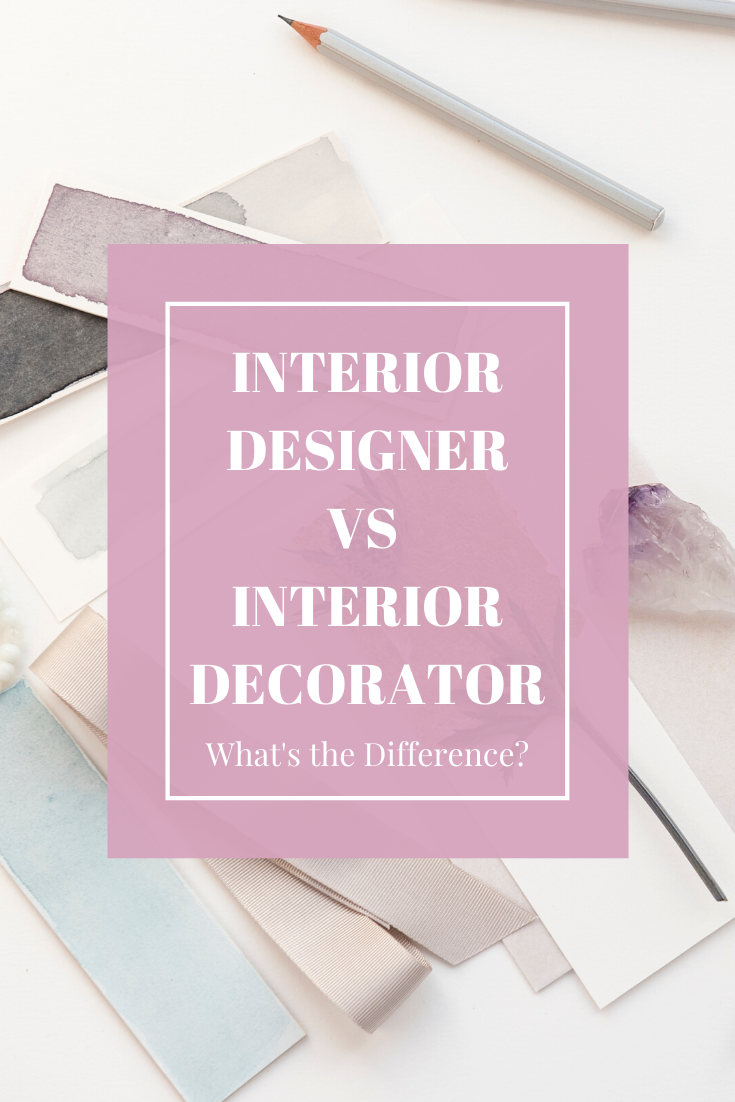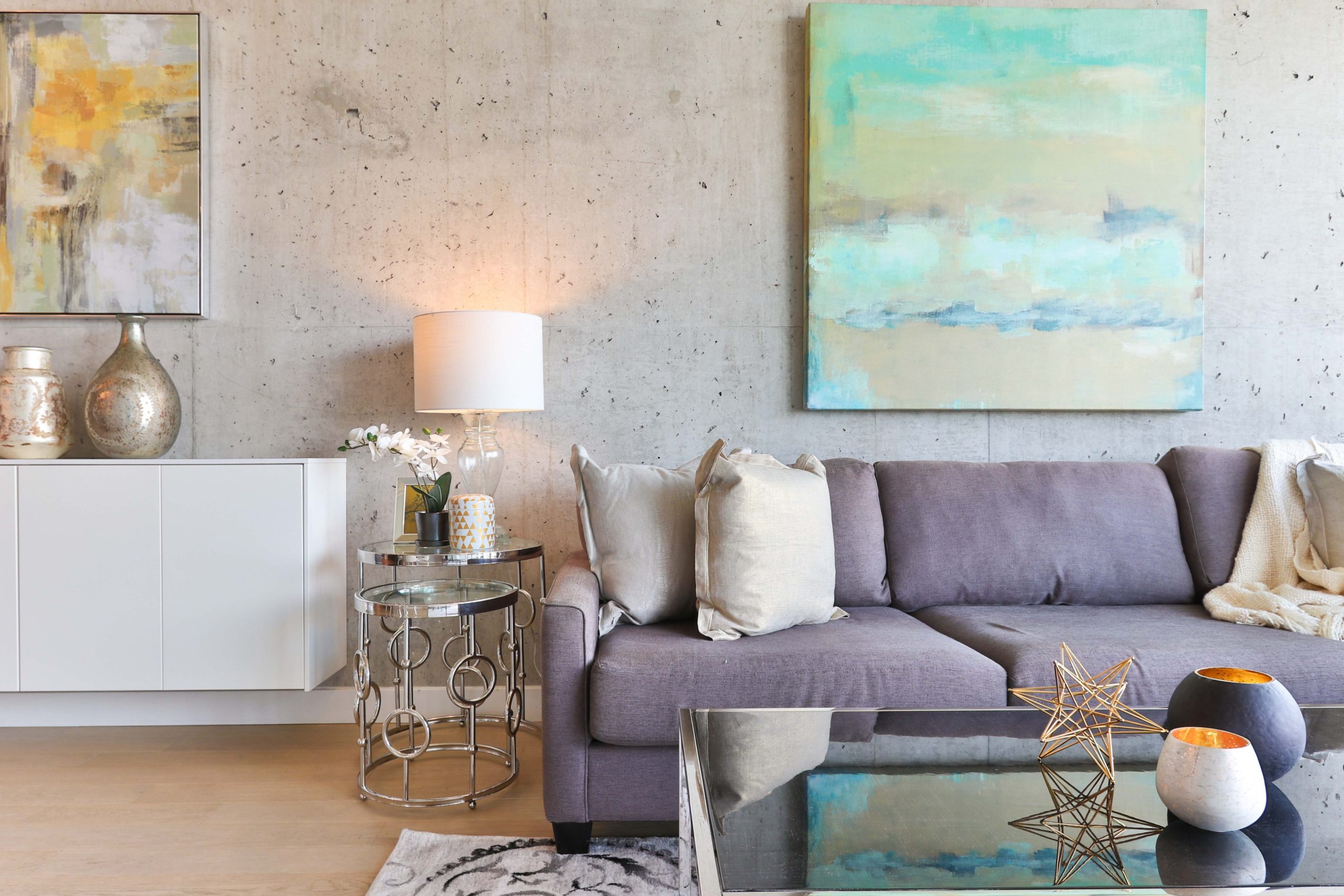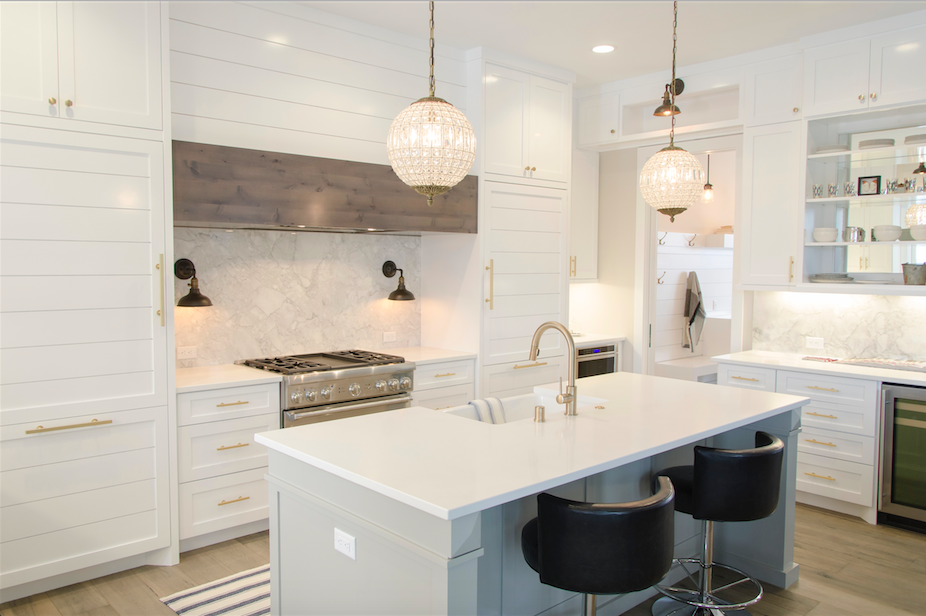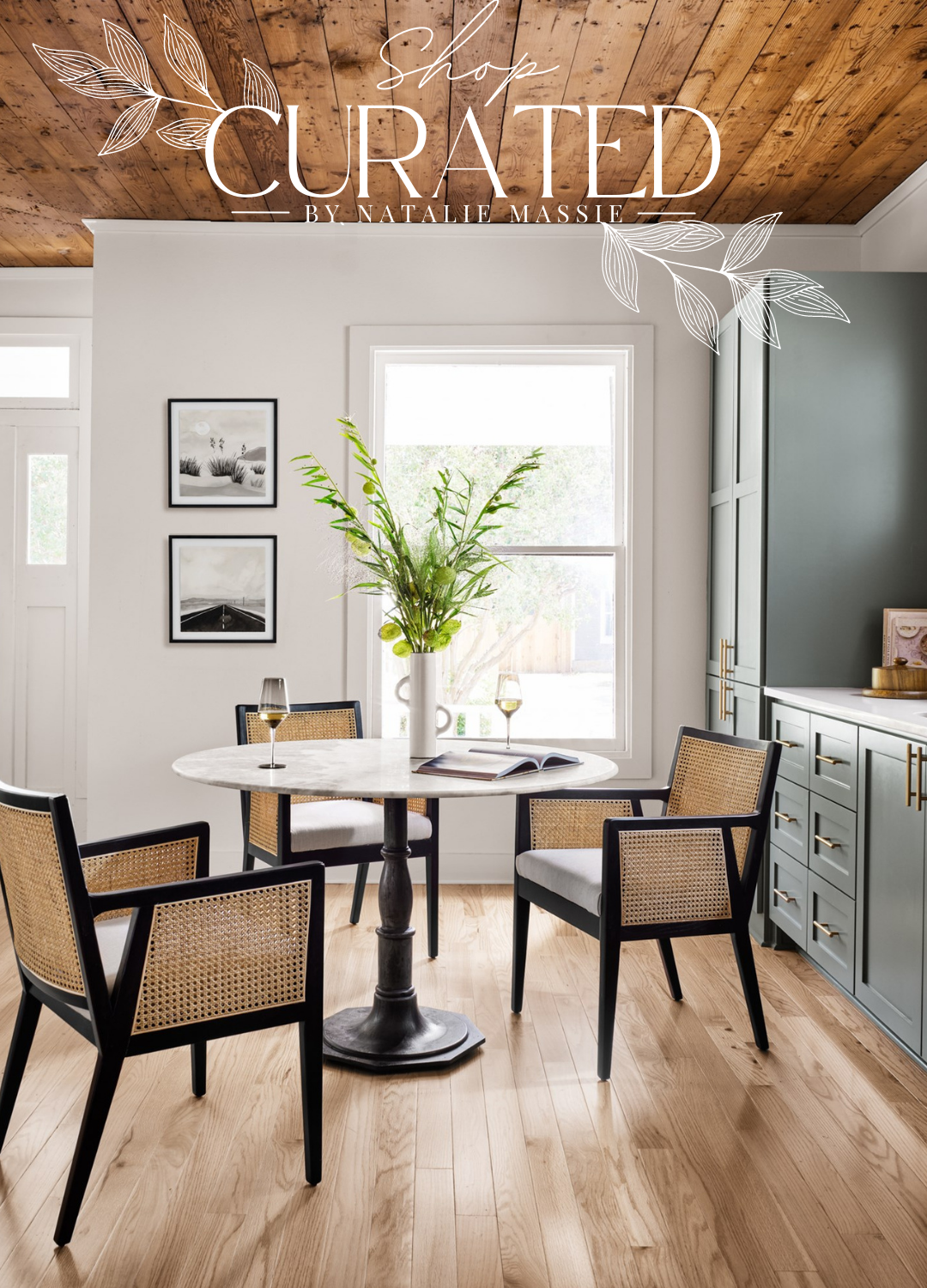

What’s the difference between an Interior Designer and an Interior Decorator?
Most states allow anyone to use the title “Interior Designer” even without a degree, formal training, or certification. So you can’t assume one has more training or experience than the other.
The biggest difference between a decorator and a designer is the expectations.
Most potential clients understand that a decorator would be able to help them transform a space using cosmetic changes. A client might hire a decorator for help with paint colors, furniture selection, styling and accessorizing. They would also expect a decorator to know the newest trends and be able to keep the overall design cohesive. Basically, the would help a room look beautiful using brought in product.
On the other hand, people would expect designers to have more experience and would be better problem solvers. Designers would be able to help with everything decorators do but would likely consider space planning more than a decorator. Most designers feel comfortable looking at floor plans and creating layouts. They take into account furniture layout, walking paths, and how well a space functions.
Clients may also expect an interior designer to help with construction projects such as new builds or remodels. Based on the state and the designer’s experience, some designers are able to obtain a permit and act as contractor on construction projects. In most states, certified designers can also design commercial projects such as hotels, schools, hospitals, etc.
A designer is usually better at problem solving when faced with difficult challenges in a home. For example, creating a multi-purpose room even when working with limited space. Interior designers are also creative thinkers so they are more likely to include custom pieces in their designs. Those one-of-a-kind elements are what take a room to the next level!

Can you be an Interior Designer without a degree?
As mentioned, most states allow you to be an interior designer regardless of formal training or experience (always check your local rules/regulations).
Believe it or not, popular designers like Joanna Gaines, Shea McGee (of Studio Mcgee), Nate Berkus, Justina Blakeney, Martin Lawrence Bullard, and Brian Patrick Flynn are all self-taught designers with no design degree.
If you decide to use the title “Interior Designer,” make sure you never call yourself a “certified,” “licensed,” “permitted,” or “registered” interior designer (unless you actually are).
What type of work should you avoid?
If you don’t have formal training or a license, I recommend staying away from any work that requires a permit. This just means you can not act as contractor on new builds, remodels, or commercial spaces. There is just too much liability involved in these types of projects. Plus many states actually require you to be licensed or certified to get a permit anyways.
I don’t recommend my course students take on these projects because of the liability involved in remodel and new build projects. However, you can still work on these projects from an aesthetic perspective. This means someone else is the contractor on the job but you can still help the client make selections such as tile, counters, paint colors, lighting, etc. Basically, you could help pick out the tile but you wouldn’t be responsible for ordering it or hiring the installer. Want more info on working on these type of projects? I have written an entire post about this here.

What type of work can you do without a degree?
Without a degree, a designer can help transform a space with cosmetic changes. This includes paint, lighting, furniture, artwork, rugs, accessories, etc. (ahem, the fun stuff!) As mentioned, they can help make selections on new builds and remodels as long as they’re not acting as contractor. They can also do floor plans to ensure all pieces fit in the room correctly and the space flows well. FYI, I teach all of this in my online design course, Interior Design for Beginners.
Is there anything I need to be careful of if I call myself an Interior Designer?
The main thing you want to be cautious of is not overselling your abilities. Always be up front with your clients about your experience and don’t take on projects you are not qualified for. As mentioned earlier, make sure you never call yourself a “licensed,” “permitted,” “registered” or “certified” interior designer unless you actually are.
If you’re unsure if you should call yourself a designer, you can always call yourself an interior decorator or home stylist while you gain experience.
Interested in Becoming an Interior Designer?
In my FREE 40 min. masterclass training you’ll learn how to become an Interior Designer and the first steps to take to start your Interior Design business.
business tips design 101 how to become a designer how to become an interior designer



